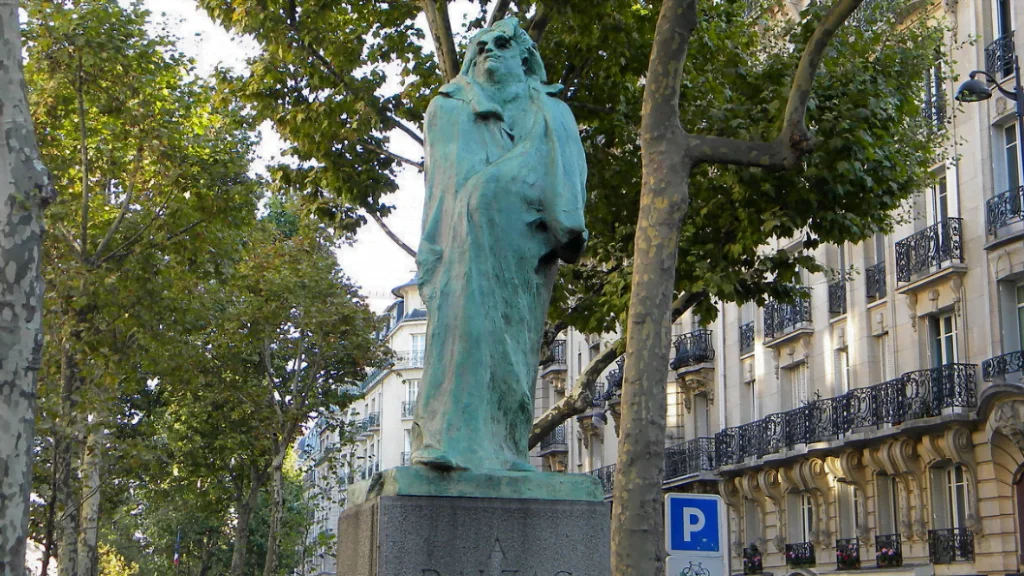In this post, You’ll learn some facts about Auguste Rodin, one of the most famous sculptors that ever lived.
The figure of a contemplating man fittingly called “The Thinker“, is one of the most iconic sculptures ever created.
It’s recognized all over the world along with the larger sculpture that was actually commissioned before its creation called “The Gates of Hell.”
But who created this iconic sculpture?
Auguste Rodin was a man that faced a lot of controversy in his life, but against all odds became one of the most famous and wealthy artists in history.
Auguste Rodin was a French sculptor born in Paris on November 12, 1840. he is known to be one of the most important sculptors of the modern age.
he created his own style, even though the ideas behind them were mostly influenced by traditional themes such as mythology and allegory.

1. Auguste Rodin created a new style of sculpture
First of all, an important fact about Auguste Rodin is that he was schooled traditionally. This means that his conceptualization and themes of sculptures were the same as the works of existing sculptors.
Instead of making his sculptures overly figurative, he integrated a more realistic approach which clearly set him apart at that time.
He’s also considered an impressionist sculptor and liked to have his models move around him when sculpting, a truly innovative method of capturing the human body.
2. He was rejected from the main art school
Rodin had poor eyesight and was not good at school. What he did like was drawing and his talent made him apply to attend the school of “Beaux-Arts”, the most prestigious art school in Paris.
Because of his poor academic results and initial rejections of his submissions, he wasn’t accepted and finally enrolled in the “School of Decorative Arts,” simply referred to as “La Petite École as it’s the small brother of the main art school.
3. He quit art for a brief period of time
Rodin had a really sensitive personality and he was struck with grief when his sister died who was just two years his senior in 1862.
He also longed to get academic recognition for his works of art but faced considerable rejection during his early period.
Unsuccessful in everything else, he turned back to art when a priest convinced him he needed to utilize his talent for sculpting.
4. He was criticized a lot initially
Because of his experimental ways and own style, he was criticized a lot during the initial period of his career.
He did however refuse to change his ways and as he created more and more works of art, he gradually gained recognition and was considered one of the top sculptors in the world by the year 1900.
5. Rodin had two women during his lifetime
He eventually married his initial love, Rose Beuret just before both of them died, and is also known to have a son with her, even though he never recognized him to be his own.
The second woman in his life was Camille Claudet, with whom he fell in love during a sculpture class as she was one of his students.
She was also the inspiration for one of his other famous works, “The Kiss” which was created in the 1880s.

6. His muse was a great artist as well
His student with whom he fell in love, Camille Claudel, was a great artist as well. She failed, however, to gain any recognition during her lifetime, because women artists weren’t taken seriously during that time.
Because of her erratic behavior and sudden accusations of Rodin stealing her ideas, in combination with the lack of recognition, both her family and Rodin wanted her to be institutionalized.
This happened and for the last 30 years of her life, she spent in an asylum.
Ironically enough, after her death, her work has been appreciated tremendously and some even claim that it surpasses the work of Rodin himself.
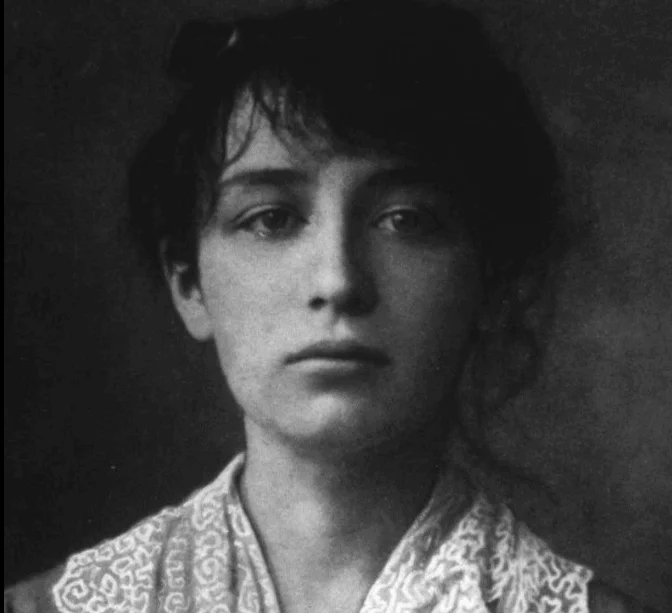
7. Rodin made a portrait of Rose Beuret
The other woman in his life, who used to be his first model, was Rose Beuret. They had a relationship that was quite turbulent for over 53 years, and eventually married when they were very old.
Rodin made a mask of her as well.

8. He became very rich
In contrast to the initial reception of his work, his sculptures were the object for collectors long before he died.
And this wasn’t limited to European collectors. His recognition and fame went all across the Atlantic to the United States as well.
9. He needed a good connection to sell his work in the USA
Even though he was able to sell his work to rich American industrialists, it wasn’t easy for him initially. His work was considered too frank and his style too experimental.
It was only when he met a woman named Sarah Tyson Hallowell, an art curator who had connections to very prominent American collectors that he was able to conquer the American market as well.
Halloway and Roding stayed good friends until his death.
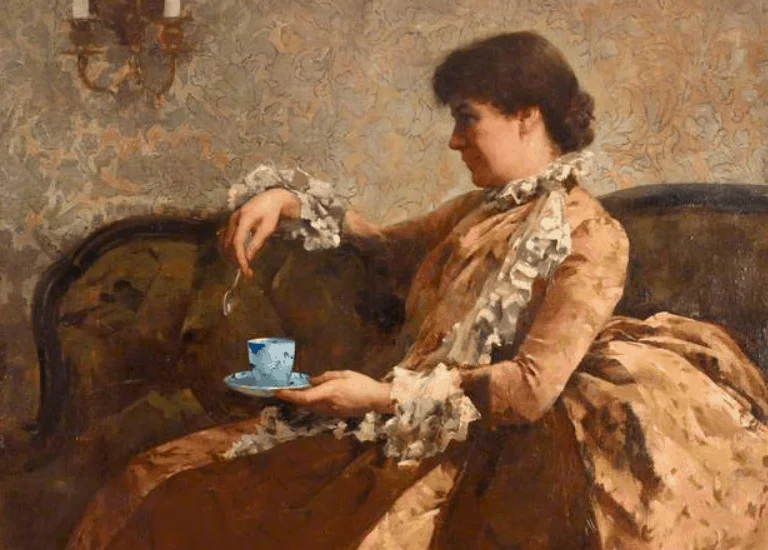
10. He lived in his own museum
As he was acquiring a lot of financial resources near the end of his life, he actually permanently lived in “Hôtel Biron,” an 18th-century hotel located in the 7th arrondissement of Paris.
During this period he not only stopped the hotel from being demolished but also turned the ground floor into his own personal studio.
Since 1919, it is housing the “Musée Rodin” and is displaying a lot of famous works by Auguste Rodin.
Rodin himself started the bidding of turning the hotel into a museum for his work in 1909, 8 years before he died.
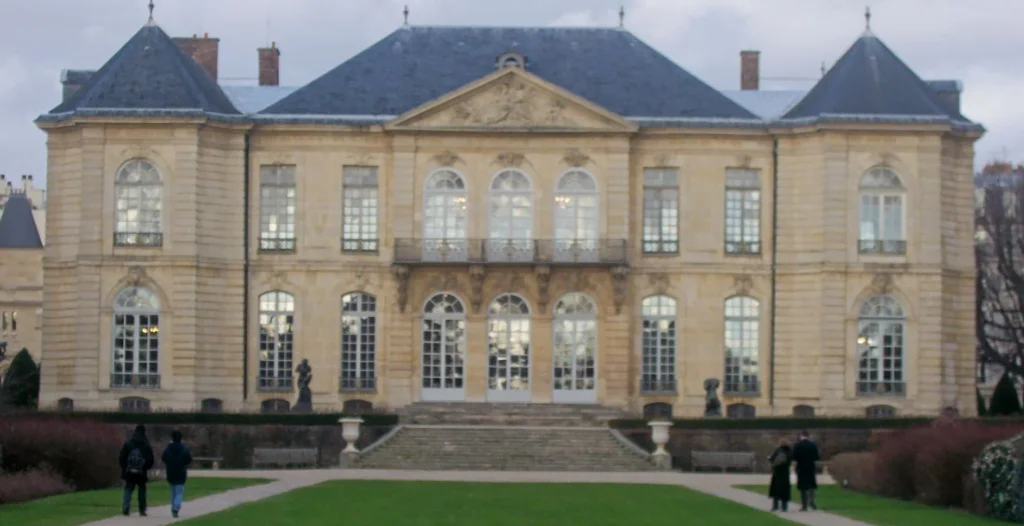
11. Auguste Rodin’s most famous works
To complete this list of facts about Auguste Rodin, let’s take a closer look at his legacy, and the most famous sculptures he created.
The Thinker
One of the most recognized works in all his sculptures is Auguste Rodin’s “The Thinker.” The contemplating man with his head resting on his hand, seemingly in deep thought, is known all around the world.
The one found in Paris near Rodin’s museum is the original, and even though Rodin created about 10 similar sculptures himself, about 28 replicas can be found in major cities all around the world.

The Gates of Hell
Rodin’s most famous sculpture “The Thinker” was actually part of the work that was actually commissioned, which is called “The Gates of Hell.”
The Gates of Hell is a group of sculptures that depicts a scene from “Inferno,” the first section of a poem by Dante Alighieri called “Divine Comedy.”
Just like The Thinker, the gates of hell have several “spin-offs” and can be found all around the world.

The Burghers of Calais
Another famous work by Rodin is “The Burghers of Calais,” which depicts a scene in the 100-year war.
The scene portrayed is that of the city of Calais, which is strategically located near the English channel, being under siege by the English for over 11 months.
It’s actually the city of Calais that commissioned the creation of the sculpture by inviting several artists. Rodin’s sculpture, even though receiving the usual criticism initially was chosen to be put in the city of Calais.
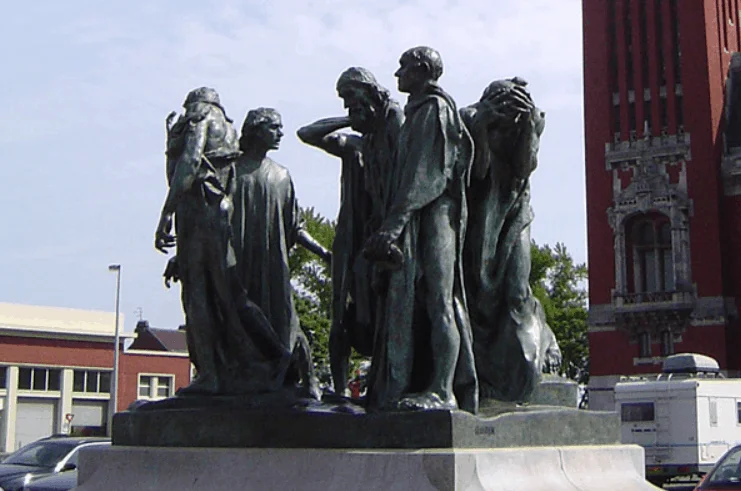
Monument to Balzac
Finally, another well-known sculpture is Rodin’s “Monument To Balzac,” celebrating the life of Honoré Balzac, a famous French writer.
It was commissioned by the “Société des Gens de Lettre” in 1898, and Rodin’s creation was initially rejected.
It wasn’t until 22 years later that it was cast in bronze, and can now be found in the neighborhood of Montparnasse near Tour Montparnasse in Paris.
